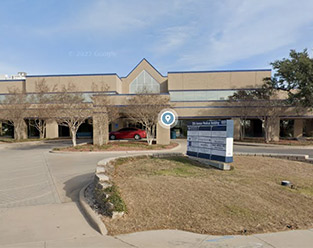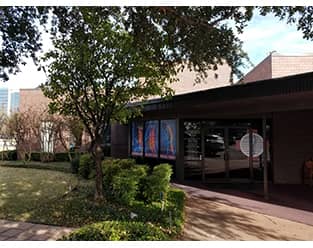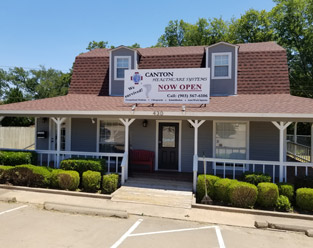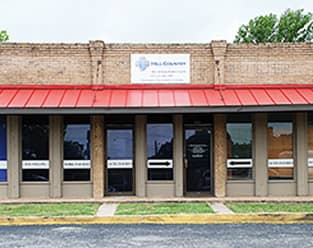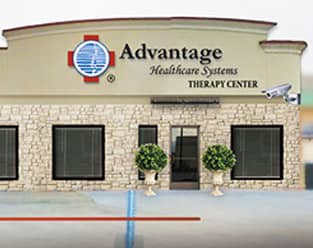Functional Restoration Program

At Advantage HCS, we use the most up-to-date guidelines to assist us in ensuring each patient is placed in the best program available for his or her needs. Here are very basic rationales (among other medical decision-making tools) that are used to determine when someone is a candidate for our functional restoration program.
- The patient has completed conservative therapy, does not meet their PDL/PDA for a safe return-to-work, and is not a surgical candidate.
- The patient has more than one treatable condition (such as pain and lumbar) and might require an interdisciplinary structured program.
- The patient’s psychological state is being controlled or is stable.
- The job demands are generally reported in the medium or higher demand level (i.e., not clerical/sedentary work).
- There is no evidence of other medical, behavioral, or other comorbid conditions.
- The patient’s medication regimen must be addressed during the program to allow for a safe return-to-work.
Treatment Duration
FRP is usually structured for 5 days a week at 8 hours a day. Consistent treatment allows the muscles to grow and strengthen while keeping the patient on a path of progression. Optimum treatment would be ensuring the patient mimics the work schedule every day.
Providers
FRP can involve multiple providers, including physical therapists, occupational therapists, physicians (doctors of chiropractic and medical doctors), psychologists, counselors, master’s-level social workers, nutritionists, acupuncturists, massage therapists, and personal trainers. The treatment team is chosen after the patient completes multidisciplinary evaluations and our team of specialists determines where the deficits and needs are in the patient care and sets goals with the patient and the treatment team.
Treatment Options
FRP is an interdisciplinary, individualized, job-specific program with the primary goal of return-to-work. FRP also uses real or simulated work tasks, progressively graded conditioning exercises, pain management coaching techniques, and medication management that is based on the individual’s needs and measured tolerances.
Treatment options may include:
- Cardiovascular endurance training
- Core strengthening exercise
- Occupational/vocational therapy
- Psychological therapy
- Pain management
- Ancillary services as needed
*based on job description
Goals
While each patient is different and no two approaches are the same, we do have some goals that have been established and are common for most patients. Some of these goals are:
- Mobility
- Flexibility
- Strength
- Endurance
- Stabilization
- Cardiovascular endurance
- Pain management
- Cognitive-behavioral issues
- Injury prevention
- Wellness education
- Ability to perform activities of daily living
- Ability to perform specific work requirements
- Ability to perform general work requirements
- Safety and ergonomics
Benchmarks
Not just because we are CARF certified but also because we care, Advantage Healthcare Systems has set common benchmarks that we measure to ensure we continue to have quality outcomes for our patients. Although each patient may have additional sets of outcomes measured, the following is a list of the common areas you can be assured that we will be measuring and reporting back in a functional restoration program:
- Return-to-work
- Pre/post range of motion
- Pre/post static lifting
- PDA/PDL (functional status)
- Return-to-work PDA/PDL status
- Follow-up recommendations
- Attendance
- Discharge disposition
- Use of medical care system posttreatment
- Use of medications/regimen

